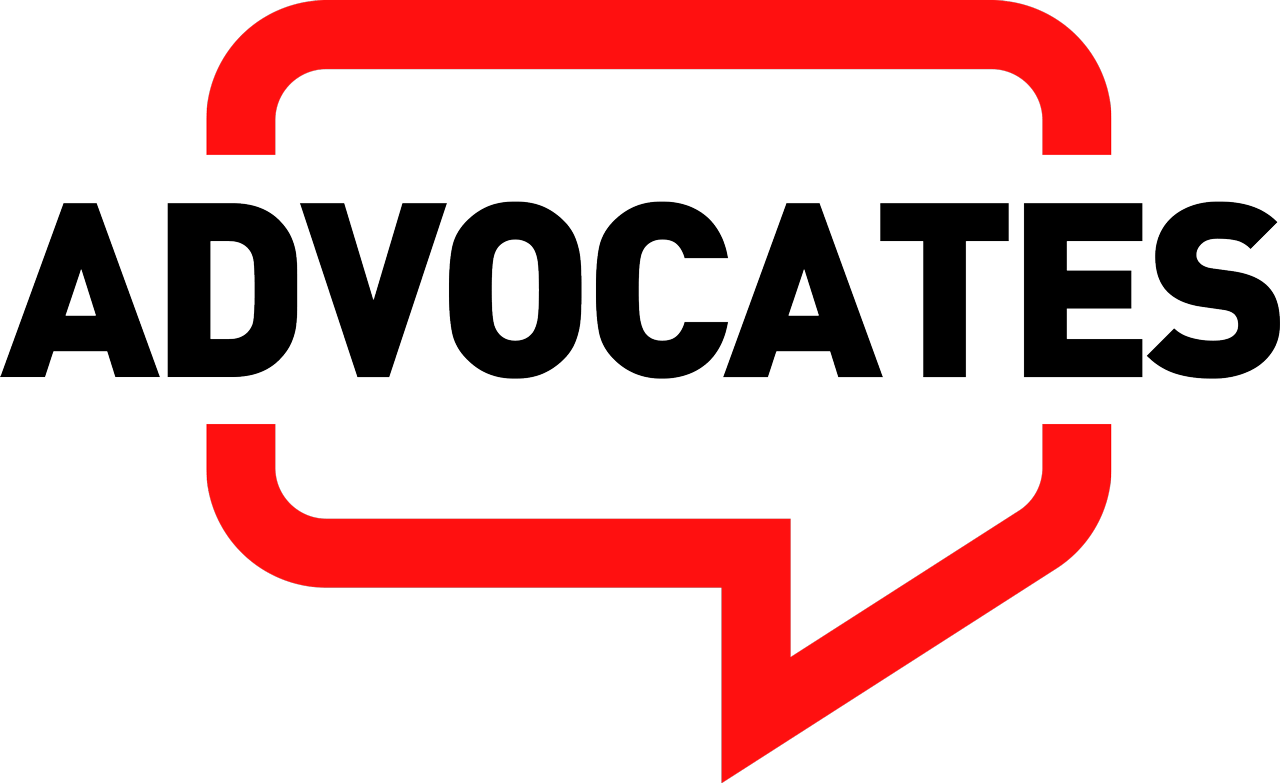NATIONAL
Advocates Philippines
Heads Up, 4Ps Beneficiaries: School Cash Grants Start In June With New Calendar
Photo credit: DSWD
If you’re part of the Pantawid Pamilyang Pilipino Program (4Ps), here’s an important update for you and your family: the Department of Social Welfare and Development (DSWD) just announced that monitoring for school attendance — and the corresponding cash grants for education — will officially begin this June 2025.
Why the change? It’s all because of the revised school calendar recently rolled out by the Department of Education (DepEd) for the School Year 2025–2026. Since the academic year now starts in July, the 4Ps team adjusted their timeline to match it.
“This shift aligns with DepEd’s new schedule and the 4Ps Act, which says we can only give education grants for up to 10 months each year per child,” explained Director Gemma Gabuya of the 4Ps National Program Management Office.
What does this mean for 4Ps households?
For Pay Period 3 (P3), which covers June to July 2025, the DSWD will start checking on your child’s school attendance again — and that’s when education grants will start flowing in. Just a reminder: to qualify for these grants, kids between 3 to 18 years old must be enrolled in school and maintain at least 85% attendance.
“This ensures that we’re providing education support during the months when kids are actually in class,” added Gabuya. In short: no school, no school grant.
As for Pay Period 2 (P2) covering April to May 2025, families will still receive health grants, rice subsidies, and the First 1000 Days (F1KD) support — which is specifically for households with pregnant women or children aged 0 to 2 years old.
Just to recap, the 4Ps program has been helping poor families since 2008, and was officially institutionalized under Republic Act 11310 in 2019. It provides conditional cash transfers for up to seven years, aiming to improve children’s education, nutrition, and overall well-being.
So parents, make sure your kids are enrolled and attending school this June — it’s not just for their future, but also for the support your household can receive through the program!
Why the change? It’s all because of the revised school calendar recently rolled out by the Department of Education (DepEd) for the School Year 2025–2026. Since the academic year now starts in July, the 4Ps team adjusted their timeline to match it.
“This shift aligns with DepEd’s new schedule and the 4Ps Act, which says we can only give education grants for up to 10 months each year per child,” explained Director Gemma Gabuya of the 4Ps National Program Management Office.
What does this mean for 4Ps households?
For Pay Period 3 (P3), which covers June to July 2025, the DSWD will start checking on your child’s school attendance again — and that’s when education grants will start flowing in. Just a reminder: to qualify for these grants, kids between 3 to 18 years old must be enrolled in school and maintain at least 85% attendance.
“This ensures that we’re providing education support during the months when kids are actually in class,” added Gabuya. In short: no school, no school grant.
As for Pay Period 2 (P2) covering April to May 2025, families will still receive health grants, rice subsidies, and the First 1000 Days (F1KD) support — which is specifically for households with pregnant women or children aged 0 to 2 years old.
Just to recap, the 4Ps program has been helping poor families since 2008, and was officially institutionalized under Republic Act 11310 in 2019. It provides conditional cash transfers for up to seven years, aiming to improve children’s education, nutrition, and overall well-being.
So parents, make sure your kids are enrolled and attending school this June — it’s not just for their future, but also for the support your household can receive through the program!
May 21, 2025
We are dedicated storytellers with a passion for bringing your brand to life. Our services range from news and media features to brand promotion and collaborations.
Interested? Visit our
Contact Us page for more information. To learn more about what we offer, check out our latest article on services and opportunities.


